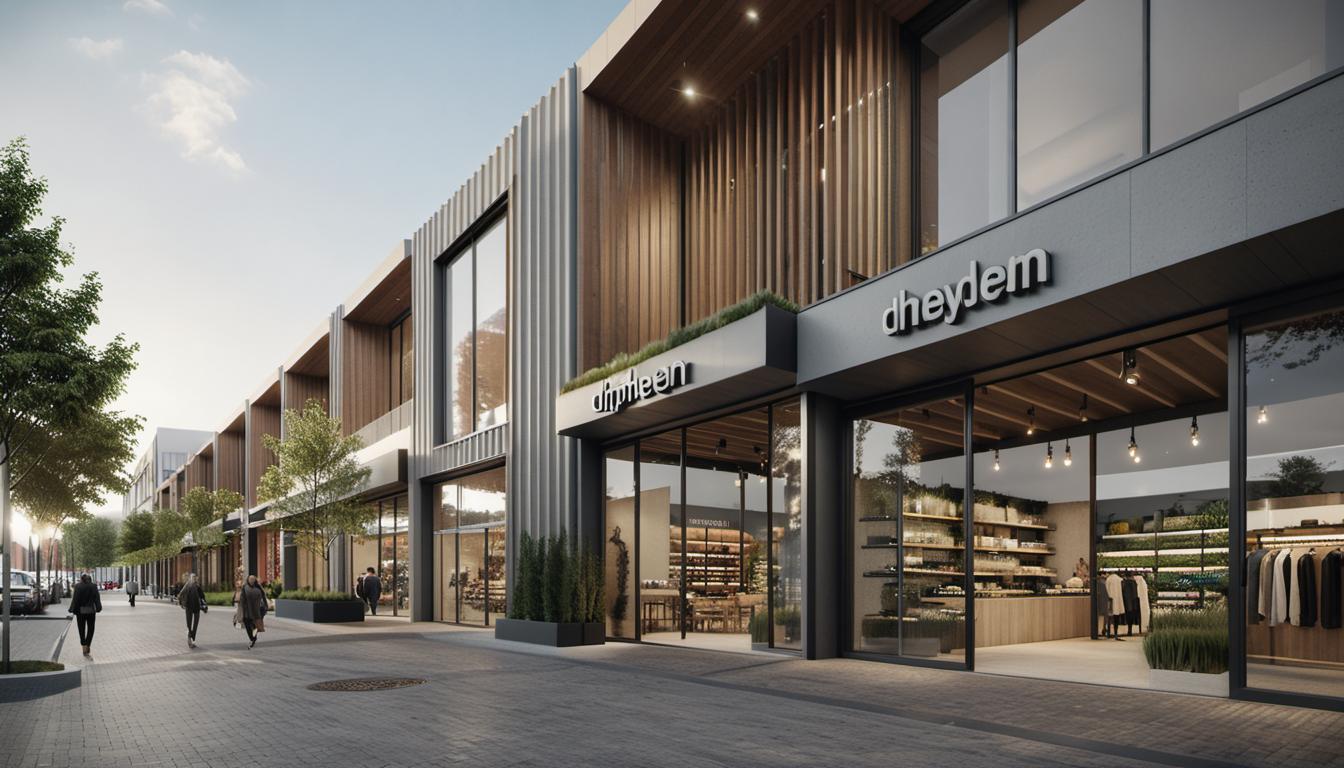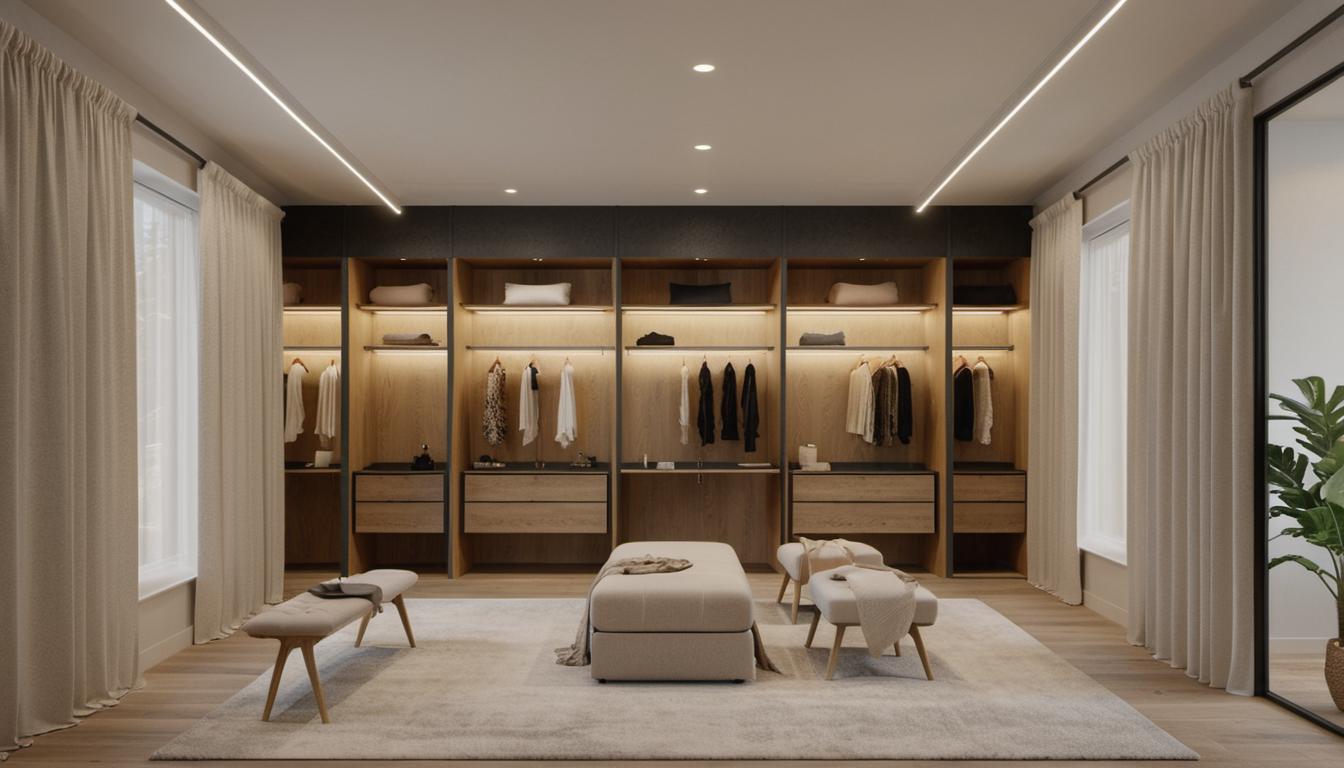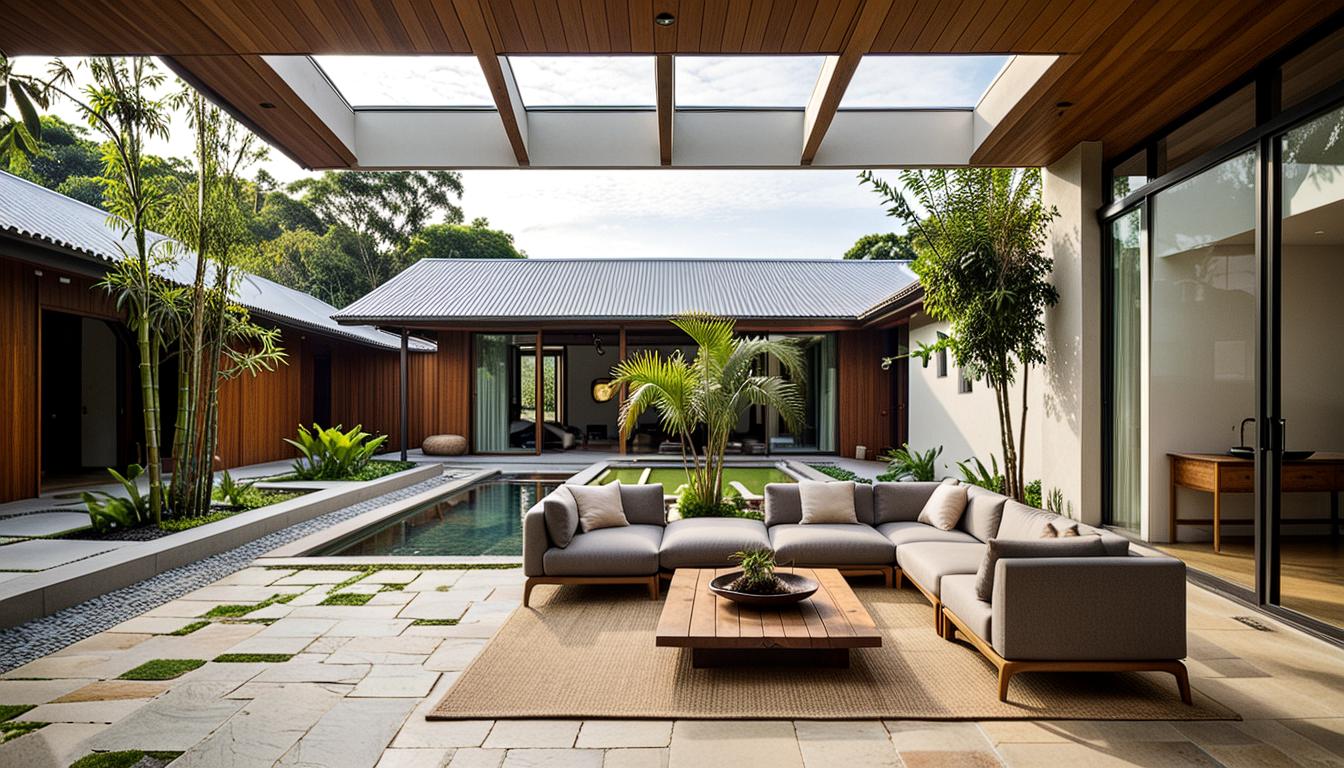Introduction
Understanding the concept of retail rendering and its potential benefits is crucial for professionals involved in architecture, interior design, and the real estate industry. It’s an investment that can bring numerous rewards, but it’s not without its challenges. Today, we’ll explore the pros and cons of investing in retail renderings.
What is Retail Rendering?
Retail rendering is a process that involves the generation of 3D, photorealistic images mainly used in the development of retail store designs. These renderings allow stakeholders to visualize and understand space design concepts, such as store layout, customer interaction areas, and branding elements, in a more accessible and engaging way than traditional 2D drawings would allow.
Retail Rendering Advantages
- Showcase store’s layout: Retail renderings make it possible to illustrate the planned store layout, enabling a clear understanding of how the space is supposed to function.
- Visualize customer interaction: Photorealistic simulations can depict how shoppers might interact with the retail environment.
- Convey the store’s style and branding: High-quality 3D retail environments assist in communicating a store’s aesthetic and branding identity.
- Help rectify design mistakes & save costs: Design flaws can be identified and corrected prior to construction, saving time, money, and resources.
Retail Rendering Disadvantages
- Time-consuming: The creation of high-quality renderings can be quite time-intensive.
- Costly: Advanced retail renderings may require a significant financial investment.
- Requires specialized skills: 3D visualization necessitates technical prowess not all designers or architects possess.
- Potential unrealistic representation: Unless implemented with care, renderings may depict the retail experience unrealistically.
Including People in Retail Renderings: Pros and Cons
Including people within retail renderings can be an influential factor that can either enhance or detract from design representation.
Benefits of Including People
- Increased realism: Adding people to 3D renderings can enhance the level of realism, contributing to a more authentic presentation.
- Establish an emotional connection: Humans within a rendering connect viewers emotionally, aiding in their understanding and appreciation of the retail space.
- Provide context and scale: Including people in the 3D render can help demonstrate the scale and functionality of a design.
- Increase viewer engagement: With the addition of people, the viewer’s attention and interest can often be boosted.
The Downfalls of Including People
- Risk of distracting focus: The presence of humans in renderings can divert attention from the essential elements of the design.
- Increased complexity and cost: Adding people to 3D renders can also add to the complexity and cost of the project.
- Challenge in representing diversity: Showing an inclusive range of races, ages, genders and body types within a rendering can be difficult.
Outsourcing 3D Rendering: Pros and Cons
Consideration must be given to the concept of outsourcing 3D Rendering. There are advantages and disadvantages for architects and real estate developers when thinking about outsourcing.
Pros of Outsourcing 3D Rendering
- Cost efficiency: Outsourcing can result in significant savings as you’re only paying for the project, not overhead costs related to permanent staff.
- Access to expertise: When outsourcing, you’re gaining access to specialists in 3D visualization, who can bring their exclusive skills to your project.
- Time efficiency: Having a dedicated team focused on your rendering allows for a faster project completion time.
- Scalability and reliability: Outsourcing offers the freedom to scale up or down the project needs as necessary.
- Focus on core competencies: Your in-house team can spend more time focusing on key aspects of the business while leaving the 3D visualization to the experts.
Cons of Outsourcing 3D Rendering
- Loss of control and trust: Whether the setback is communication, time zone differences, or just a general lack of direct control, outsourcing decisions must be made with trust in the provider’s competence.
Key factors to take into account and some helpful pointers when looking to outsource 3D rendering tasks.
Conclusion
Determining the potential benefits and challenges of investing in retail renderings will heavily influence the decision-making process. Whether it’s examining the utility of including people in the renderings, weighing the costs of outsourcing, or understanding the advantages and disadvantages of the rendering itself, informed decisions can make all the difference in the success of a project.
Frequently Asked Questions
- What is retail rendering and how is it beneficial in retail store design concepts? Retail rendering is a 3D visualization technique used to create retail store designs. They help in making the design concepts more accessible, engaging, and easily understandable for the stakeholders.
- How can 3D renderings assist in communicating the design and layout to stakeholders? 3D renderings offer a comprehensive and photorealistic view of the store, thus making it easier for stakeholders to understand the design’s functionality and layout. They eliminate the need for the deep technical understanding that CAD drawings require.
- What are some methods used to show the layout of a space in 3D architectural visualization? There are several techniques used in architectural visualization to display a space’s layout. These may include 3D floor plans, dollhouse renderings for multi-storey buildings, and VR real estate tours that provide a 360-degree virtual experience of the proposed structure.
- How can incorporating people into 3D renderings help stakeholders relate to the brand? The inclusion of people in 3D renderings can help make the setting look more realistic. This added element of authenticity can help stakeholders envision how actual customers might interact with the brand in the real world.
- What are some benefits and drawbacks of outsourcing 3D rendering tasks for architectural firms and real estate developers? Outsourcing 3D rendering tasks can lead to cost savings, greater expertise, and quicker completion of projects. However, it can also result in a loss of direct control over the project, and requires establishing a trust relationship with the provider.






